

Located in Al Zubara Qatar, the impressive Al Zubarah Fort is one of the country’s most important heritage attractions. This UNESCO World Heritage Site tells the story of a thriving pearl fishing town that once connected the Gulf to the wider world. Today, the archaeological site is carefully preserved, allowing visitors to explore its ruins, streets, and remnants of a once bustling trading town.
Join 365 Adventures for an exciting tour of Al Zubarah Fort, and explore the rich history, heritage, and architectural beauty of this UNESCO World Heritage Site.
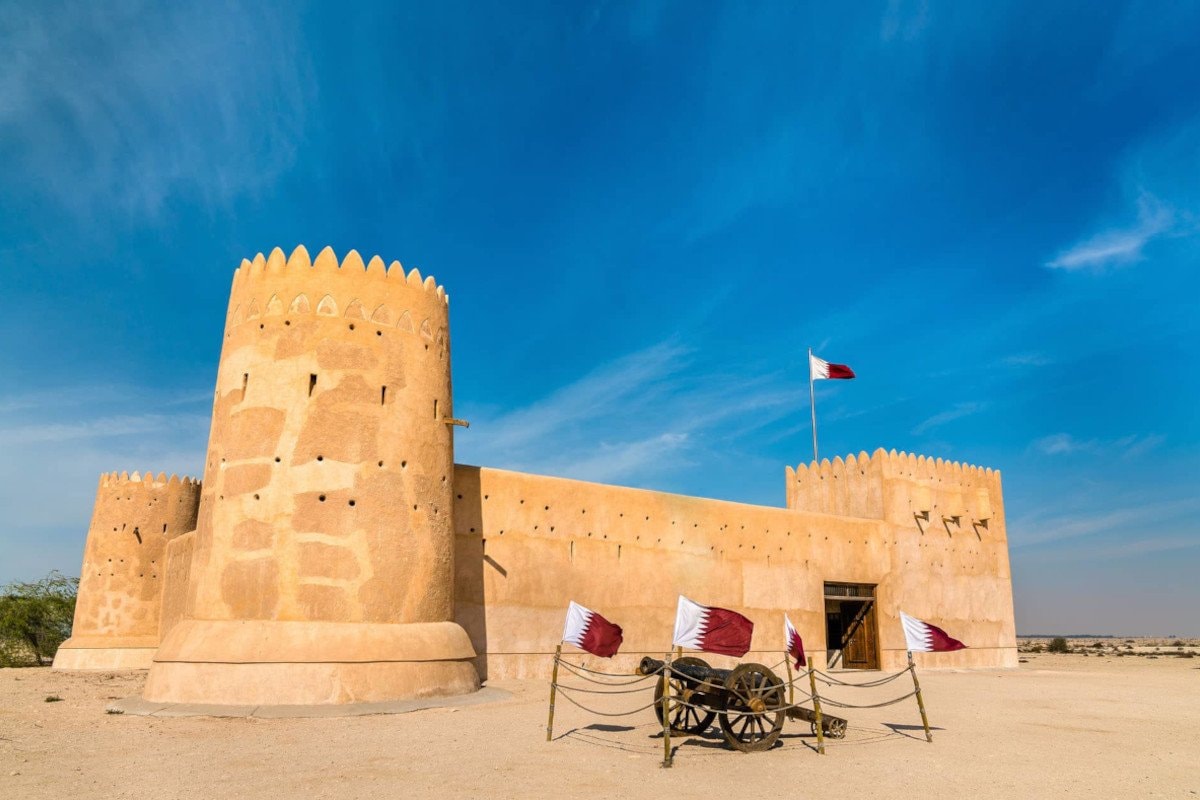
Al Zubarah was founded in the mid eighteenth century by the Utub tribe, who transformed it into a powerful trading port. Within decades, the town had become a thriving pearl fishing town, attracting merchants, boats, and population from across the region. Its success came from pearl diving, which enriched the community and supported the development of mosques, markets, and large houses.
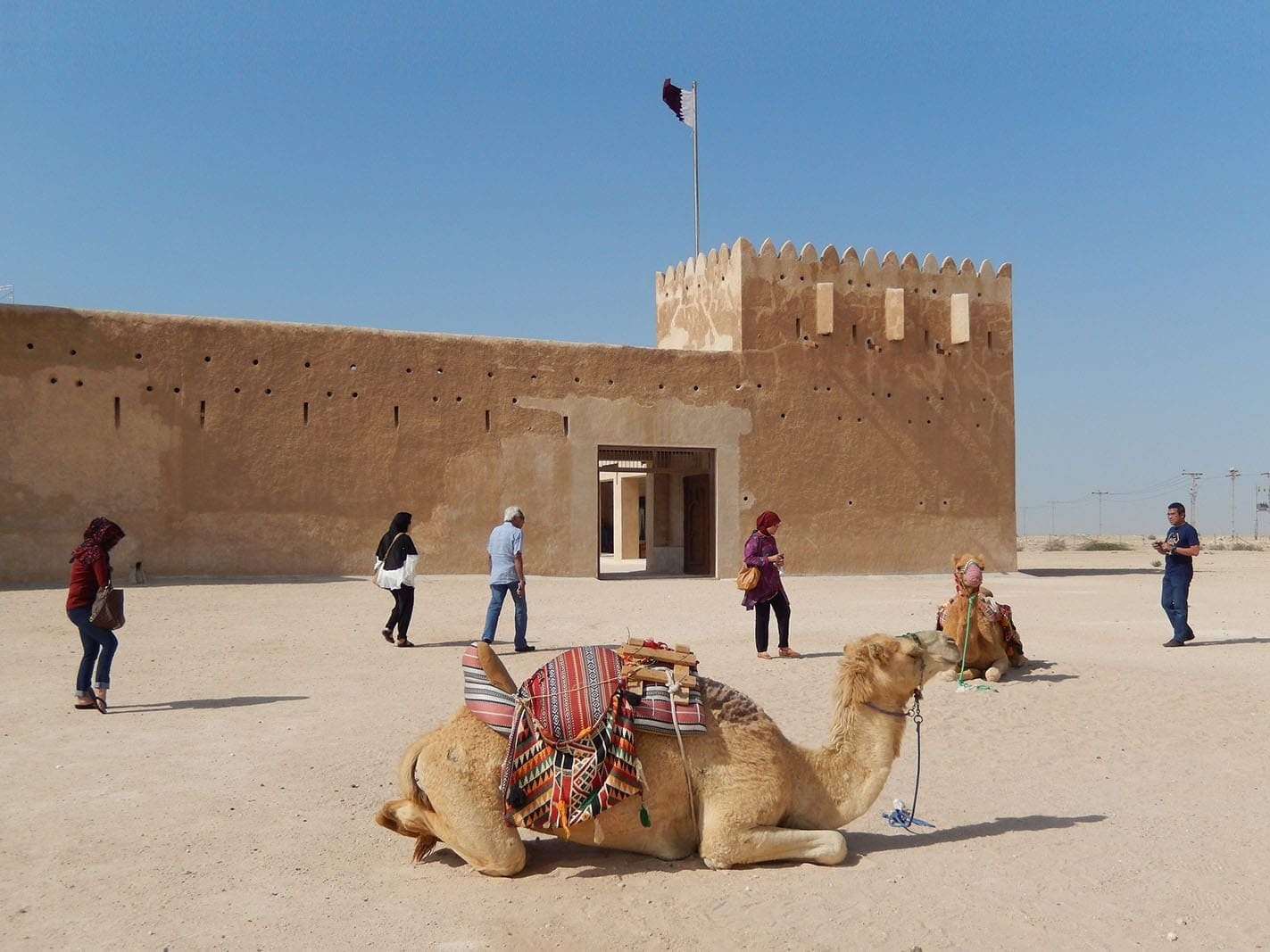
The Al Zubarah Fort itself, also called Al Zubara Qatar or Zubarah Fort, was built in the early twentieth century as a coast guard station. Its sturdy walls, massive corner towers, and Qatari style battlements made it a symbol of security along the coast. The fort later became part of a major heritage project, preserving its rooms, towers, and square courtyard for future generations.
Stretching across desert land, the Al Zubarah archaeological site is the largest of its kind in Qatar. Covering an abandoned city, it reveals remains of palaces, mosques, streets, and markets. Walking through this archaeological site, visitors can see how the town was situated to control both the desert and the harbour. The ruins offer a vivid connection to a community that was once the pride of the region.
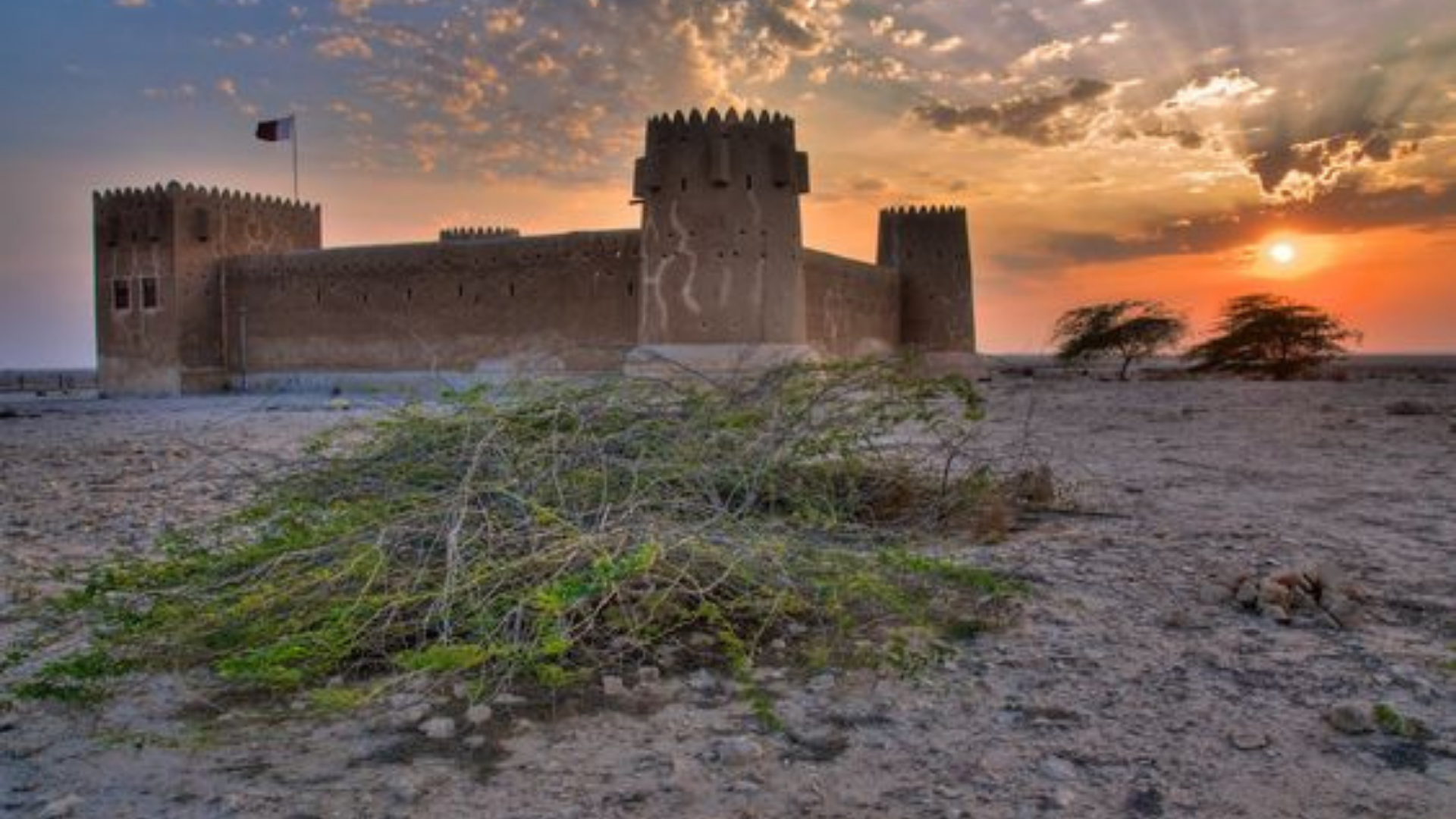
In 2013, Al Zubarah Fort and the archaeological site were declared a UNESCO World Heritage Site. This recognition confirmed its importance as an example of an eighteenth century trading town in the Gulf. As a heritage project, the site showcases the history of pearl divers, traders, and rulers who shaped the destiny of Qatar.
The economy of Al Zubarah relied heavily on pearl diving. Skilled pearl divers used diving weights and simple boats to harvest pearls from the sea. The wealth from pearl diving made the city prosperous, allowing it to build mosques, palaces, and vibrant markets. Today, the museum at the fort displays artifacts that explain the hardships and bravery of these divers.
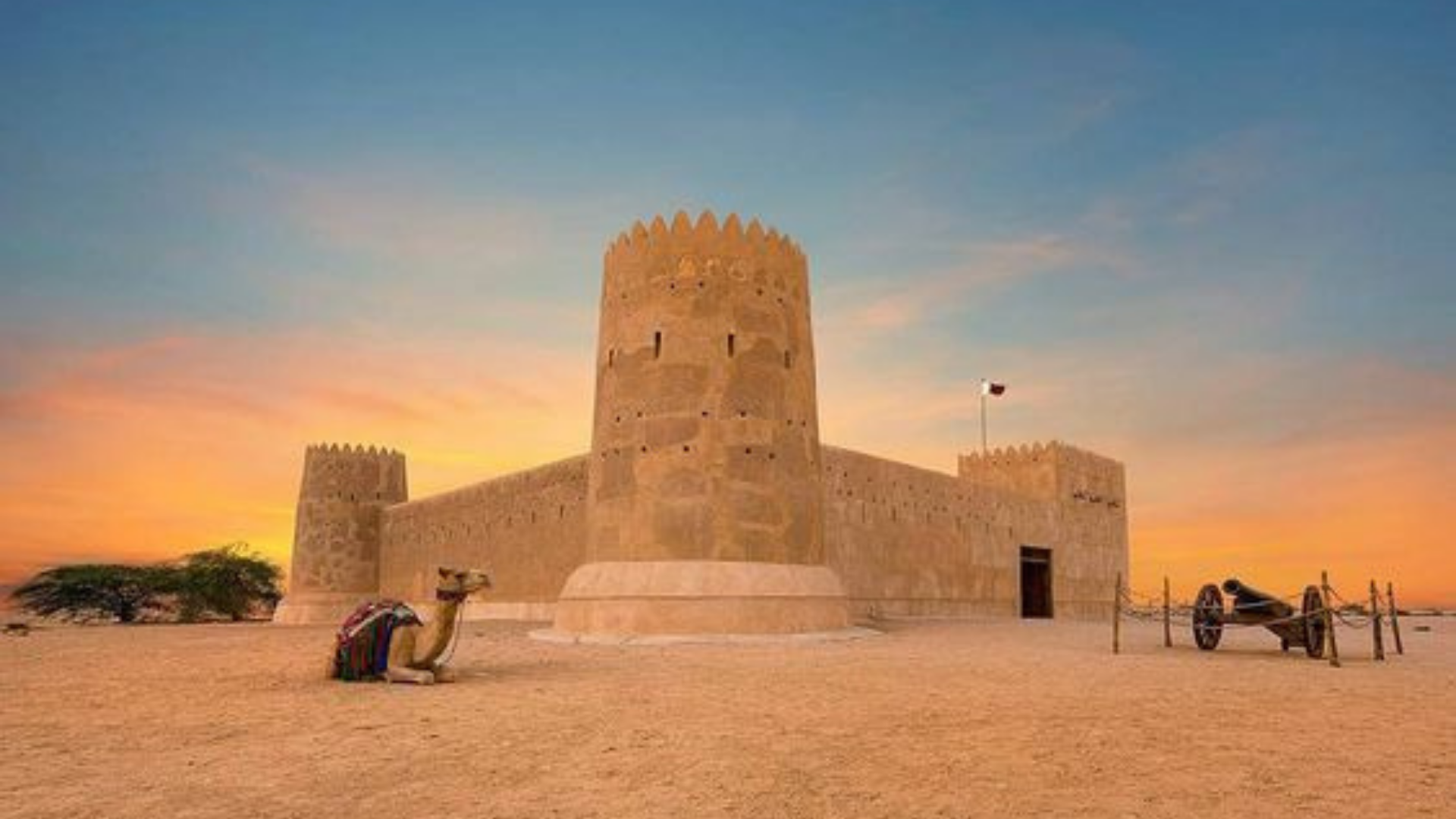
The design of the fort is a masterpiece of Qatari style battlements. The square courtyard is surrounded by small rooms that once served as storage and living spaces. Its walls were built thick for safety, and the high towers provided lookout points over the coast. The fort remains a beautiful example of defensive architecture from its time.
Much of what we know today comes from the QIAH Project (Qatar Islamic Archaeology and Heritage Project). Supported by Qatar University, this heritage project excavated ground layers, documented remnants, and ensured the ruins were carefully preserved. Thanks to this effort, the archaeological site remains one of the best-studied examples of a trading town in the Gulf.
Walking among the ruins, you’ll see streets, houses, and markets that were once alive with merchants and pearl divers. The town was transformed by trade, then later abandoned when the pearling industry collapsed. Today, visitors can imagine the life of families, the echo of prayers from mosques, and the busy activity of the harbour.
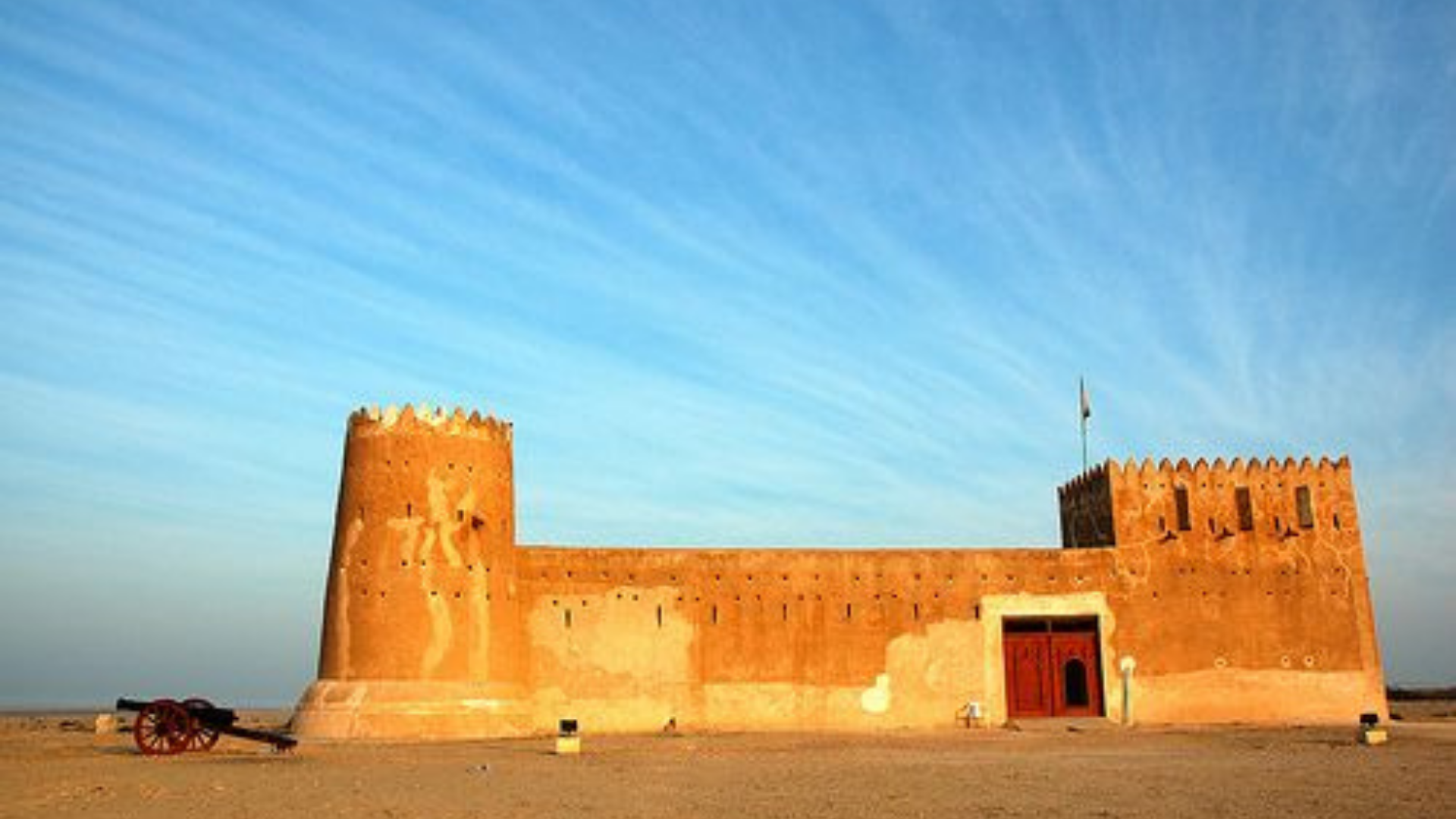
Although the town is now abandoned, the fort and site remain a major attraction for visitors. The community of Qatar takes pride in its history, ensuring that the remains are safe for future generations. With transportation available from Doha, it is easy to visit the location by car and enjoy a day learning about Qatar’s rich heritage project.
The site is free to enter, and basic amenities like rest areas are available. It is recommended to visit between November and March, when the weather is cooler. Safety is ensured by clear walking paths, and information boards guide visitors through the history of the site. The journey is comfortable, and families can explore the ruins without difficulty.
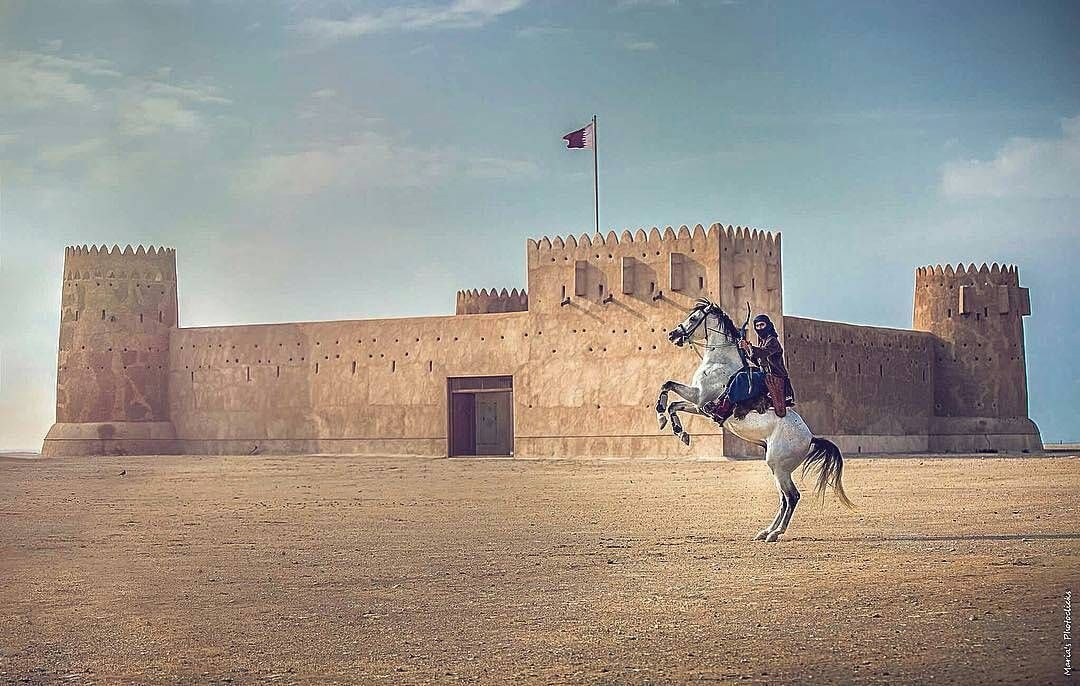
For any traveler, a tour of Al Zubarah Fort offers more than just seeing old walls and sand. It’s about making a connection to the life of a once-powerful trading port. Whether you are interested in history, archaeology, or simply looking for a unique journey near Doha, this archaeological site is a must-see.
Al Zubara Qatar is a place where the past comes alive. From the founding of the town in the mid eighteenth century, its growth as a thriving pearl fishing town, and its recognition as a UNESCO World Heritage Site, the story of Al Zubara Qatar continues to inspire. Walking among the ruins and inside the fort is like traveling through centuries of history. A visit here will leave you with a deeper appreciation of Qatar, its community, and its place in the world.beauty of Qatar.